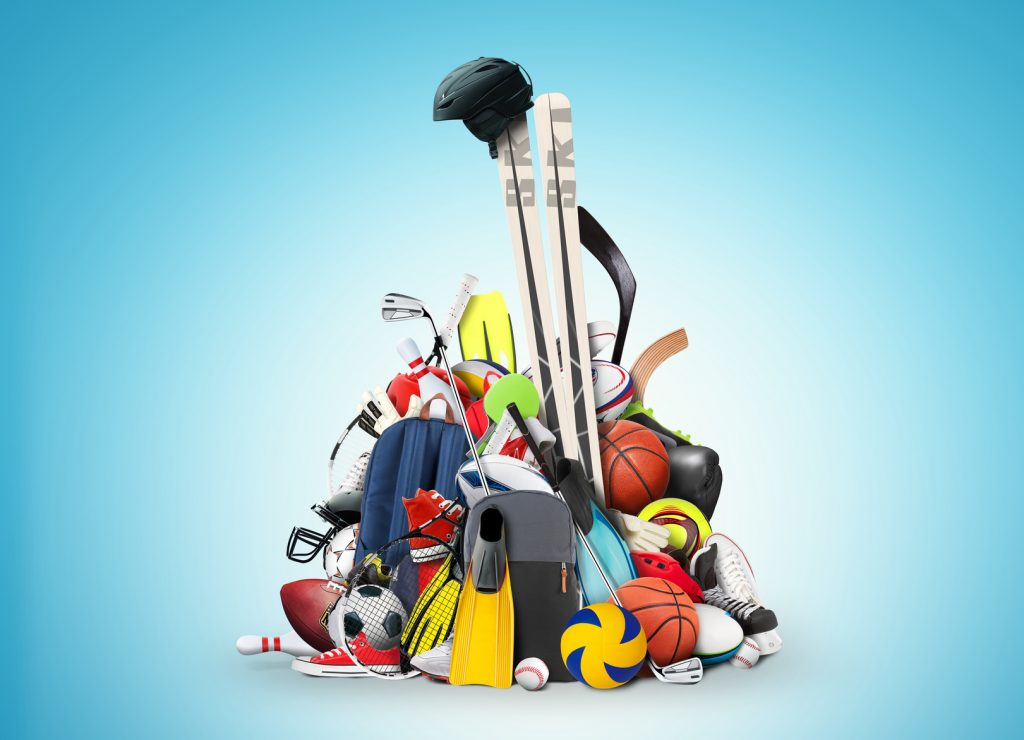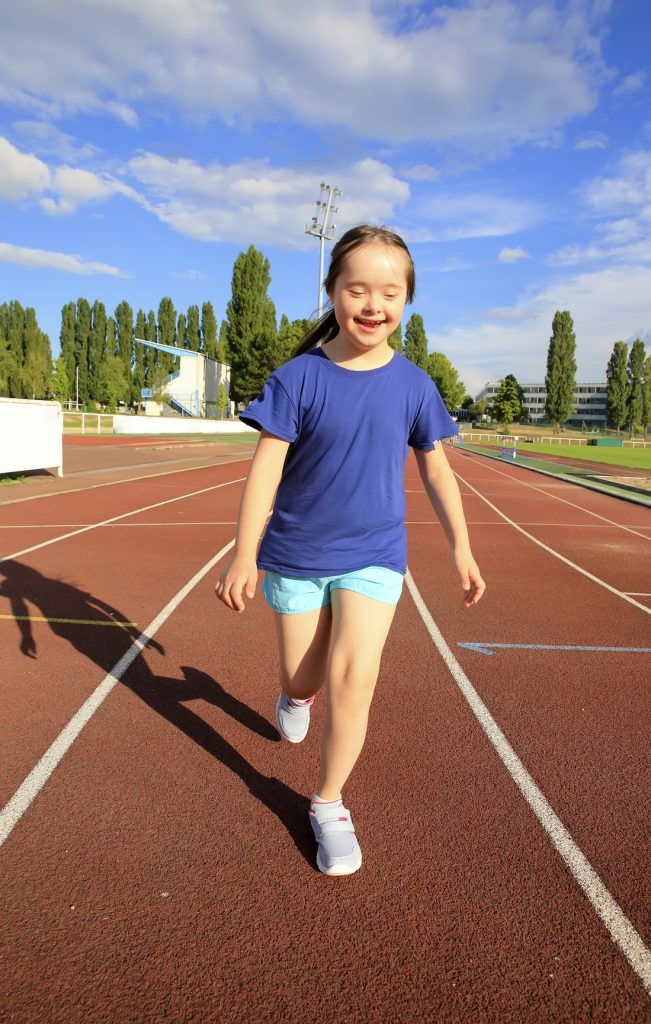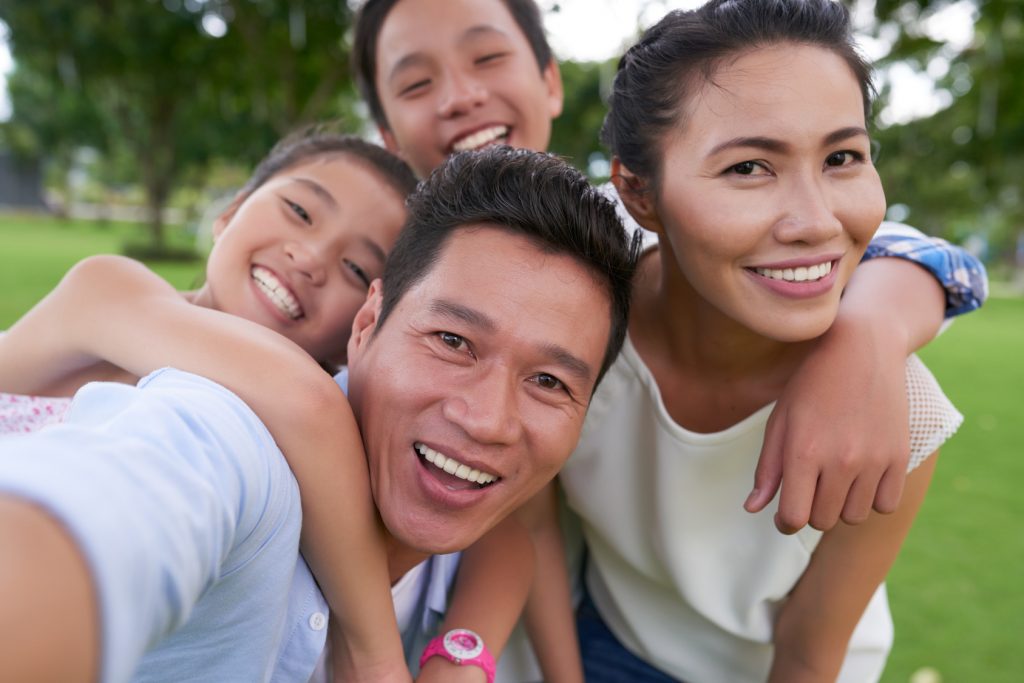ACL Injury Recovery
Reconstruction surgery has become a viable method for athletes to return to play after suffering an ACL injury, yet one third of patients will develop osteoarthritis within 10 years. Researchers have found that the way a patient moves after surgery has significant implications for their long-term recovery. Patients who reported lingering symptoms post-surgery were found…
Putting Multi-sport into Practice

The Coaching Association of Canada’s 2018 Petro-Canada Sport Leadership Conference focused on fostering positive change in the sport system through influence. One panel discussion attracted attention with the simple question: Is there a future for multi-sport in Canada? Led by an expert panel that included Carolyn Townsend (Sport Nova Scotia), André Lachance (Baseball Canada), Richard…
Putting Multi-sport into Practice
Is there a future for kids’ multi-sport programming in Canada? This was the question during an interactive panel presentation at the 2018 Petro-Canada Sport Leadership Conference. Learn more about the discussion in today’s SIRC blog, the last in a series about the value and possibility of a multi-sport approach to sport and physical activity in…
Brain-changing Exercise
Looking for a way to enhance your mood, improve your memory and slow cognitive decline? Neuroscientist Wendy Suzuki talks about the short- and long-term brain-changing benefits of exercise in this insightful and personal Ted Talk.
Goal Setting
Is shedding a few pounds on your list of New Year’s resolutions? This ParticipACTION blog asks “why?” Whatever your goal, effective tips include focusing on something under your control, getting in touch with your deepest desires, and setting a positive goal.
Extreme Grandpa
Sport practitioners are embracing a multisport approach to enhance skill development and reduce athlete burnout and injury. But could a multisport approach also lead to a longer life? An active, multisport life might be the secret of the “World’s Most Extreme Grandpa”.
Tips for Inclusive Programs for Persons with Disabilities

December 3, 2018 is International Day of Persons with Disabilities. This year’s theme is “Empowering People with Disabilities and Ensuring Inclusiveness and Equality”. Here in Canada, we have reason to celebrate. The Honourable Carla Qualtrough, Minister of Public Services and Procurement and Accessibility, is shepherding Bill C-81, the Accessible Canada Act, through its parliamentary process….
Inclusion requires action! Creating inclusion for newcomers to Canada

It is clear that the next generation will be diverse, multicultural and, apparently, much less fit than the previous generations. Research points in this general direction, but results from the recent TOPO survey, released in May 2018, demonstrates this trend clearly. The 2017 survey engaged 13,400 children and 7,800 parents across all school boards on…
The Implications of Cannabis Legalization for Athletes
The legalization of cannabis in Canada will have significant implications on the Canadian sport system, ranging from anti-doping policy, to athlete and staff safety and wellbeing, to risk management for organizations. In conjunction with its partners, SIRC will be providing insight and resources to support sport organizations in navigating the many issues. This SIRCuit article,…
There is no “I” in IST – An insider look at providing health and performance support to the 2018 Men’s Olympic Hockey Team
To the average fan watching international competitions, the finished product delivered to your television or computer screen does not always reveal the enormity of action that happens behind the scenes. Stepping off the ice at the Gangneung Hockey Centre, the venue for the men’s hockey tournament at the 2018 Pyeongchang Olympic Winter Games, and walking…